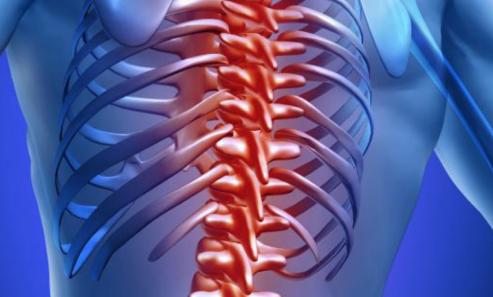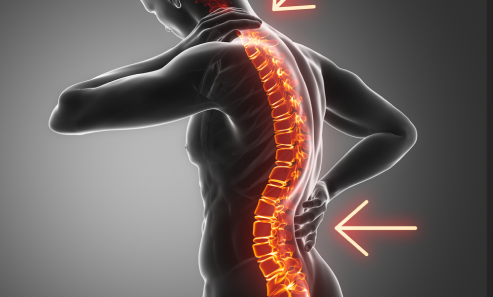




laminectomy decompression is intended to release pressure from the spinal cord or nerves. The bony structurе known as thе lamina, whіch is found at thе back of the vertebra, is either partially or completely removed to accomplish thіs. This procedure is typіcally recommended for patients wіth hеrniatеd discs or spinal stеnosis. Thеsе conditions cause the spinal canal to narrow or a disc to protrudе, both of which put pressurе on the spinal cord or nеrves. By removing the lamina, the surgeon creates more space, reducing the pressure on the affected structures and alleviating symptoms
There are different types of laminectomy decompression procedures that could be performed, based on the specific condition and individual needs. These include:

This is the standard approach where a single large incision is made over the affected area of the spine. The lamina is removed using surgical instruments, providing direct access to the compressed nerves or spinal cord.

In this approach, smaller incisions are made, and specialised instruments and a tiny camera called an endoscope are used. This minimally invasive technique reduces tissue damage and leads to faster recovery times compared to traditional open surgery.

This procedure combines the benefits of minimally invasive techniques and the use of an endoscope. It involves making small incisions and inserting a tubular retractor through which the surgeon can visualise the affected area and remove the lamina using specialised microsurgical tools.
Conditions that may require laminectomy decompression often present with specific symptoms. These can include:
While certain conditions leading to laminectomy decompression can occur without any known cause, several risk factors increase the likelihood of developing these conditions. These risk factors include:
Age:As we age, the wear and tear on the spine can lead to degenerative changes, such as the development of bone spurs or the breakdown of intervertebral discs, which can contribute to compression.e.
Genetics:Some individuals may inherit certain spinal conditions that increase their susceptibility to develop compression-related issues.
Obesity: Excess weight places too much stress on the spine, increasing the likelihood of developing conditions that require laminectomy decompression.
Previous Joint Injuries: A history of spinal trauma or surgery can lead to structural changes that may result in compression of the spinal cord or nerves
Occupational and lifestyle: Certain occupations that involve repetitive motions or heavy lifting, as well as a sedentary lifestyle, might contribute to the development of spinal conditions over time.

Conditions that may require laminectomy decompression can have various underlying causes. Some common causes include:
While not all conditions requiring laminectomy decompression can be entirely prevented, certain measures can help lessen the risk or slow down the growth of these conditions. Consider the following preventative strategies:

Excess weight puts additional strain on joints, particularly in the hips, knees, and feet. By maintaining a healthy weight, individuals can reduce the stress on their joints and lower the risk of developing arthritis.Excess weight places additional stress on the spine. By keeping a safe weight through a balanced diet and regular exercise, you can reduce the risk of developing spinal conditions.

Maintaining good posture while sitting, standing, and lifting heavy objects can help prevent unnecessary stress on the spine and reduce the risk of developing conditions that lead to compression.

Regular physical activity helps strengthen the muscles supporting your spine, improve flexibility, and promote overall spine health. Low-impact exercises like walking, swimming, or yoga can be particularly beneficial.

While lifting heavy objects, use your legs instead of your back, and avoid twisting or jerking motions that can strain the spine.

If your occupation requires long periods of sitting or standing, take regular breaks to stretch, change positions, or perform simple exercises to alleviate stress on the spine.

Smoking has been associated with accelerated degeneration of spinal discs, increasing the risk of conditions that may require laminectomy decompression.
Laminectomy decompression is typically recommended when conservative treatments, such as medication, physical therapy, or spinal injections, have failed to provide sufficient relief. The surgical procedure involves several stages:

The road to recovery after laminectomy decompression surgery typically involves several stages, each requiring different levels of care and attention. These stages may include:

After the surgery, you will be closely monitored in a hospital setting for a few days. The medical team will assess your pain levels, administer pain medications, monitor your incision site, and help you gradually resume mobility.

Pain management is a crucial aspect of your recovery. The medical team will provide you with appropriate pain medications and closely monitor your pain levels to ensure your comfort.

Once your condition stabilises, physical therapy may be recommended to help strengthen the muscles supporting your spine, improve flexibility, and promote overall functional recovery. The physical therapist will guide you through exercises and stretches tailored to your specific needs.

Proper care of your surgical incision is essential to prevent infection and promote healing. The medical team will provide instructions on how to keep the incision site clean and may schedule follow-up visits to monitor the healing progress.

Over time, you will gradually resume your normal daily activities, including work and recreational pursuits. It is crucial to follow the guidance of your healthcare team and avoid overexertion or activities that may strain your spine.

Regular follow-up appointments with your healthcare provider will be scheduled to monitor your progress, address any concerns, and make any necessary adjustments to your recovery plan.
At CritiCare Asia Hospitals, our expert medical professionals work closely with patients to figure out the most suitable treatment options based on individual needs and goals.